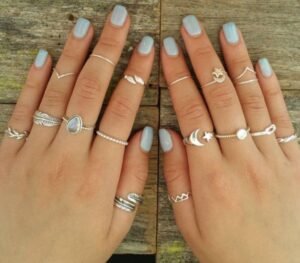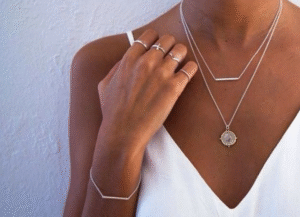Choosing the right jewelry can be a real challenge if you have sensitive skin. Many people worry about allergic reactions like rashes, itching, or discoloration. So, is 925 sterling silver hypoallergenic for sensitive skin? The straightforward answer is: generally, yes, it can be. However, it’s crucial to understand that not all 925 sterling silver is created equal, and the presence of certain alloy metals, particularly nickel, is the key factor that determines its hypoallergenic status for you. This article will guide you through what you need to know to make an informed choice.
What Exactly is 925 Sterling Silver? Decoding its Composition
Before we dive into hypersensitivity, let’s clarify what 925 sterling silver actually is. The “925” stamp indicates that the metal is 92.5% pure silver and 7.5% other metals. Pure silver (which is 99.9% silver) is naturally a very soft metal, making it unsuitable for most jewelry applications as it would easily bend, scratch, and lose its shape.
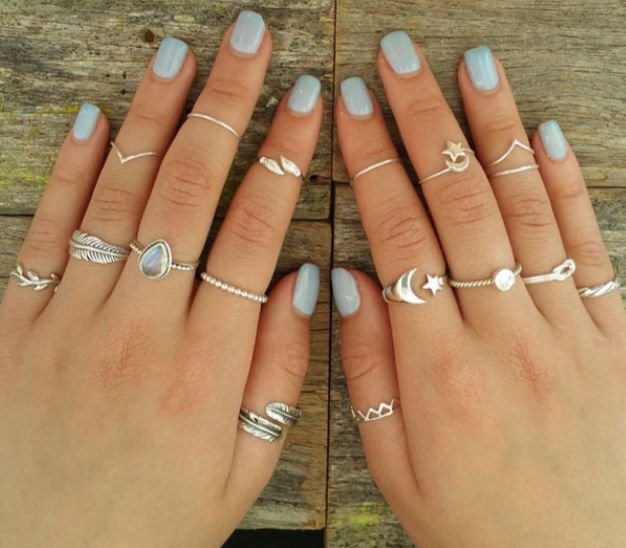
To give silver strength, durability, and resilience, it’s alloyed with other metals. While pure silver itself is almost always hypoallergenic, it’s that remaining 7.5% alloy that holds the potential for allergic reactions. Understanding these alloy components is essential for sensitive skin owners.
Unmasking the Allergens: Nickel, Copper, and Other Common Alloys
The primary culprit behind most metal allergies, especially in jewelry, is nickel. Many people develop contact dermatitis when their skin comes into contact with nickel, leading to redness, itching, and blistering. Unfortunately, nickel has historically been a common alloy used in jewelry due to its hardness and low cost.
Copper is another metal commonly used in the 7.5% alloy in 925 sterling silver. It contributes to the metal’s durability and is responsible for sterling silver’s tendency to tarnish over time. While allergic reactions to copper are less common than to nickel, a small percentage of individuals can still be sensitive to it. Other metals like zinc or germanium may also be present in smaller quantities.
Therefore, when we discuss whether 925 sterling silver is hypoallergenic, we are largely examining whether that 7.5% alloy contains nickel or other metals you might be sensitive to. The goal for sensitive skin is to find “nickel-free” 925 sterling silver.
Why Does Sensitive Skin React to 925 Sterling Silver?
Allergic reactions occur when your immune system misidentifies a harmless substance (like a metal) as a threat, triggering an inflammatory response. For 925 sterling silver, this usually happens in two main scenarios: First, and most commonly, the 7.5% alloy blend in the sterling silver contains nickel. Even a small amount of nickel can be enough to trigger a reaction in individuals with a nickel allergy.
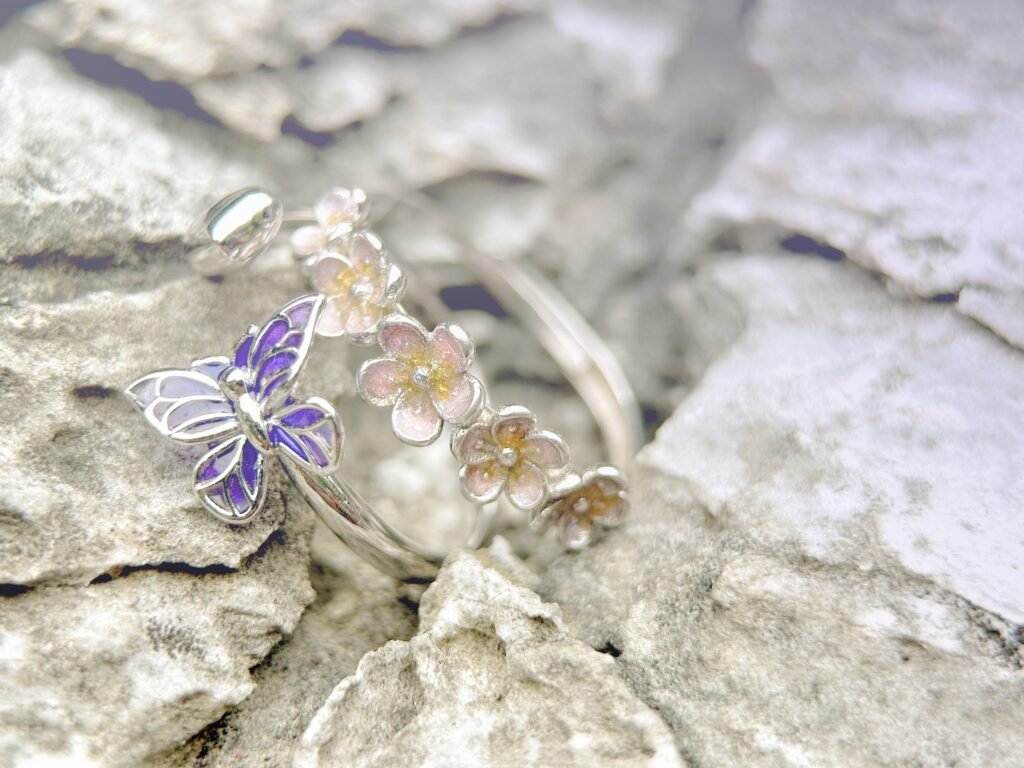
Second, though far less common, some individuals might exhibit sensitivity to copper or other trace elements within the alloy. While not typically recognized as major allergens, individual body chemistry can vary. It’s also possible for “nickel-free” claims to be misleading if there’s cross-contamination during manufacturing or if tiny, unregulated amounts of nickel are present.
How to Choose Truly “Hypoallergenic” 925 Sterling Silver for Sensitive Skin
Navigating the jewelry market can be tricky, but here’s how to increase your chances of finding genuinely hypoallergenic 925 sterling silver: Look for “Nickel-Free” Labels. This is your golden rule. Many reputable jewelers and brands explicitly state that their 925 sterling silver is nickel-free. Always prioritize this claim.
Ask the Seller Directly: Don’t hesitate to inquire about the specific alloy composition. A trustworthy jeweler should be able to provide you with this information.
Opt for Reputable Brands: Well-established brands often adhere to stricter quality control standards and disclose their metal compositions more readily. They invest in sourcing purer alloys.
Consider Rhodium Plating: Many sterling silver pieces are coated with a layer of rhodium, a precious metal from the platinum family. Rhodium plating provides an additional barrier between the alloy and your skin, further reducing the risk of allergic reactions. It also adds shine and protects against tarnish. However, remember that this plating can wear off over time, potentially exposing the underlying metal.
Understand Tarnish vs. Allergy: Sterling silver naturally tarnishes (oxidizes) over time, turning darker. This is a normal chemical reaction and is not an allergic reaction. Don’t confuse tarnish with a skin sensitivity.
Wearing 925 Sterling Silver: Best Practices and Daily Care
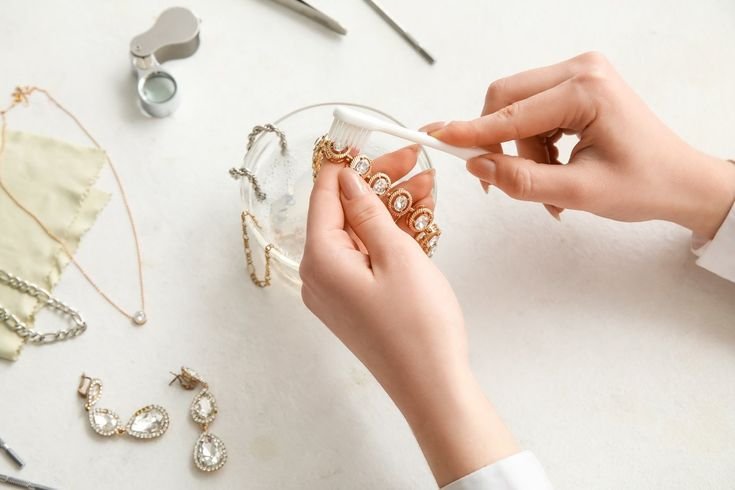
Even with “hypoallergenic” claims, taking a few precautions can help sensitive skin owners wear 925 sterling silver comfortably: Perform a Patch Test. Before wearing a new piece for an extended period, test it on a small, less visible area, like the inside of your wrist or the edge of your earlobe, for a few hours or a day.
Keep it Clean and Dry: Sweat, lotions, perfumes, and other substances can interact with the metal and potentially cause irritation or accelerate oxidation. Remove your jewelry before exercising, swimming, or applying cosmetics.
Regular Cleaning: Gently clean your sterling silver jewelry regularly to remove dirt, oil, and any residue that might be irritating your skin. Use a soft polishing cloth specifically designed for silver.
Rotate Your Jewelry: If you’re highly sensitive, consider not wearing the same piece of jewelry every single day. Give your skin breaks.
Alternative Options: If 925 Sterling Silver Still Isn’t for You
If, despite taking precautions and choosing seemingly hypoallergenic options, you still experience reactions to 925 sterling silver, don’t be discouraged. There are several other jewelry metals widely considered safe for even the most sensitive skin:
Pure Gold (24K): This is the purest form of gold and is highly unlikely to cause allergic reactions.
Higher Karat Gold (18K, 14K): While still containing alloys, the proportion of pure gold is higher, making them generally safer than lower karat gold. Always check for nickel content.
Platinum: A very rare and inert metal that is extremely hypoallergenic.
Titanium: Known for its excellent biocompatibility, titanium is often used in medical implants and is a great choice for jewelry.
Surgical Stainless Steel: Often considered hypoallergenic for many people, though it can contain trace amounts of nickel. It’s a more affordable option but may not be suitable for those with extreme nickel sensitivity.
Conclusion: Choose Wisely, Wear with Peace of Mind
In conclusion, for most people with sensitive skin, 925 sterling silver can be a safe and beautiful jewelry choice, provided it is nickel-free. The key is to be a discerning consumer, ask questions about the alloy composition, and choose reputable sources.
Don’t let sensitive skin limit your enjoyment of wearing jewelry. By understanding the materials and taking simple precautions, you can confidently select pieces that are both stunning and comfortable to wear. At ColoritaJewelry, we are dedicated to providing high-quality sterling silver jewelry, including our renowned enamel and inlaid designs, crafted with meticulous attention to detail and material purity. We offer a wide selection of pieces, both as a wholesale supplier and a custom manufacturer, ensuring you can find beautiful and hypoallergenic options that perfectly suit your needs. Choose wisely, and adorn yourself with peace of mind!

